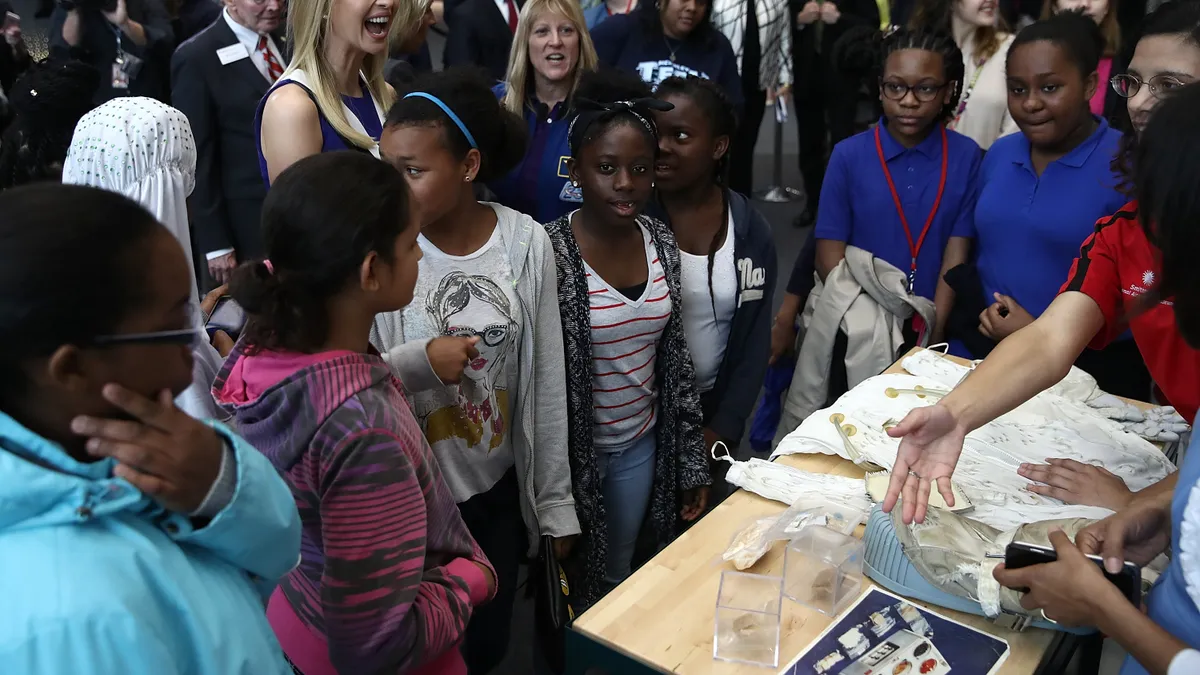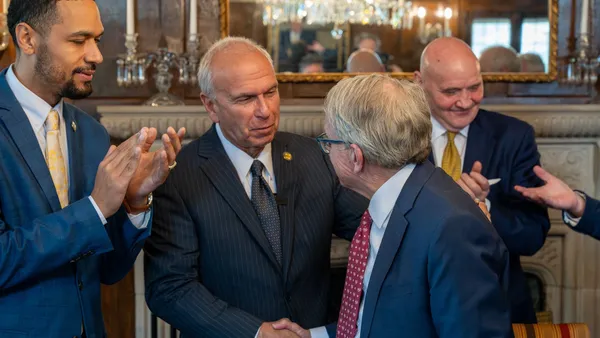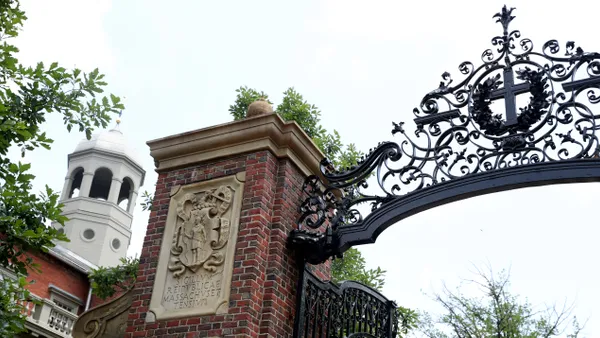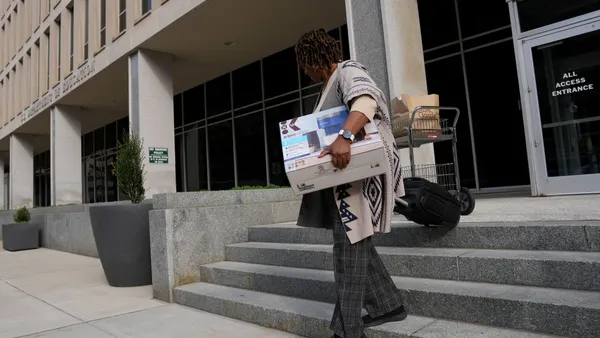Dive Brief:
- Ivanka Trump and U.S. Secretary of Education Betsy DeVos commemorated Women's History Month at a Tuesday event at the Smithsonian Air and Space Museum in Washington, DC, to encourage young girls to consider careers in science, technology, engineering and math (STEM) fields.
- A recent study in the Proceedings in the National Academy of Sciences of the United States of America found that the science workforce in the United States is aging even faster than the total workforce, even for the newer sciences.
- The study's authors also stated that scientists are most creative early in their careers; an aging workforce may actually be slowing scientific progress.
Dive Insight:
The Trump administration has seemingly come out as an unlikely champion of increasing female involvement in STEM, with two recent bills signed by the president designed to promote increased opportunities for women in the field. Ivanka Trump mentioned during the event that while 48% of the U.S. workforce is comprised of women, only 29% of the nation's science and engineering workforce is female. "We are sadly moving in the wrong direction ... but I dare you to beat these statistics," she said, adding "women's participation in STEM is critical in the fight for wage equality."
The new laws, which require NASA and the NSF to advance plans proposing a course of action for increasing the involvement of girls in the STEM fields, present an opportunity for K-12 schools and institutions of higher education alike to partner with these agencies to increase participation. The increase of technological trends, including teleteaching, augmented reality and virtual field trips, should help make science more accessible and provide new ways for instructors to introduce a variety of lessons cost-effectively.
However, schools at both levels should take care to note that there may be a dearth of federal funds designated to support this advancement. Even as the rhetoric around a need for girls in STEM increases, funding for the NASA, NSF many of the other agencies with oversight on science and innovation and the U.S. Department of Education are all being cut.
A post-event statement by DeVos built upon the administration's school choice agenda, suggesting there won't be additional funding to districts to help promote this effort. "The students attending today’s celebration are a reminder that the next generation of engineers, astronauts and innovators is among us, and we owe every child the opportunity to choose a school that best meets his or her needs," she said.
As the entire nation looks to schools to address the workforce shortage, the onus will be on districts and higher education leaders to develop partnerships with industry and private philanthropists to help fund STEM projects and materials.














